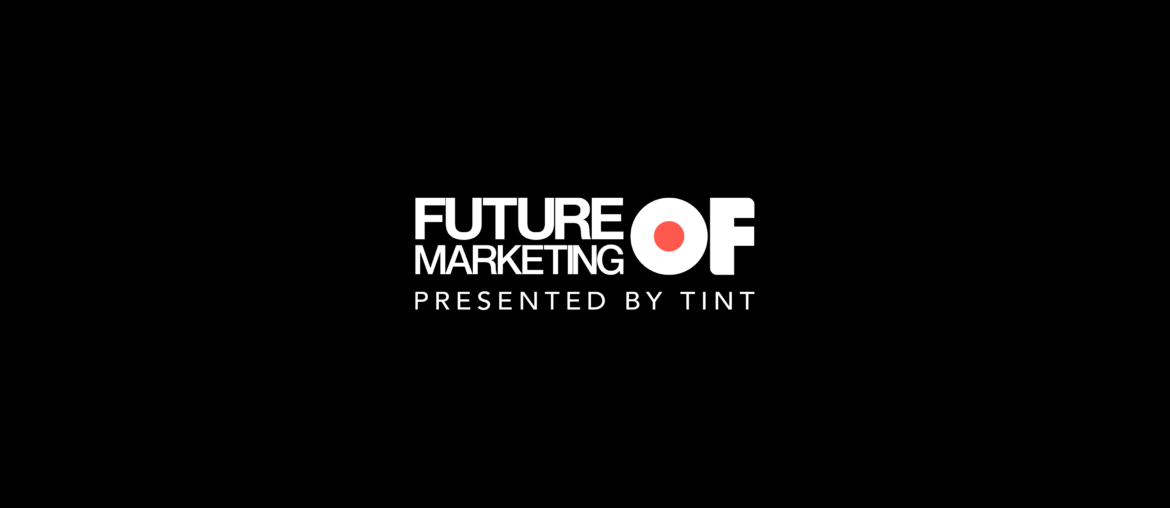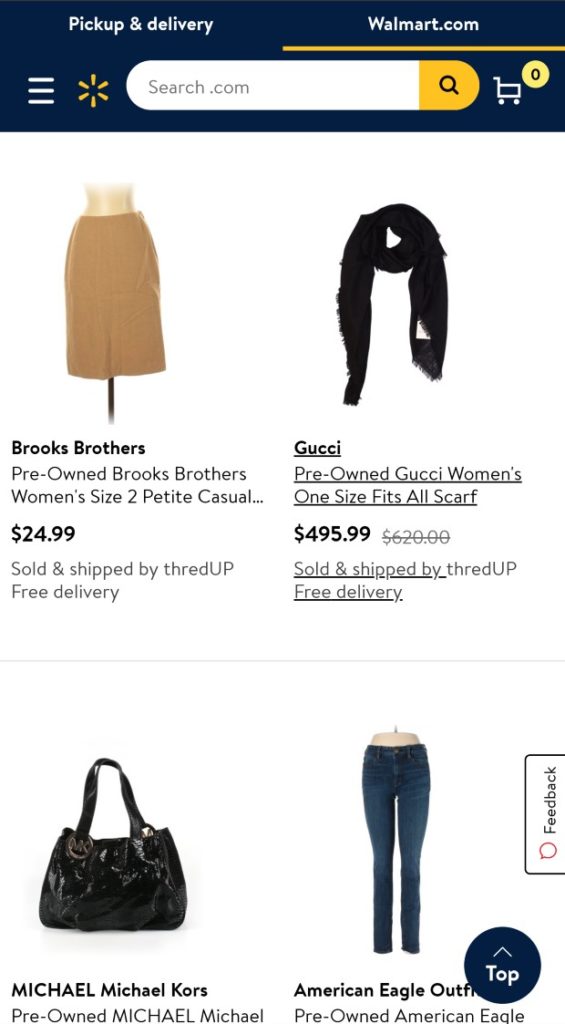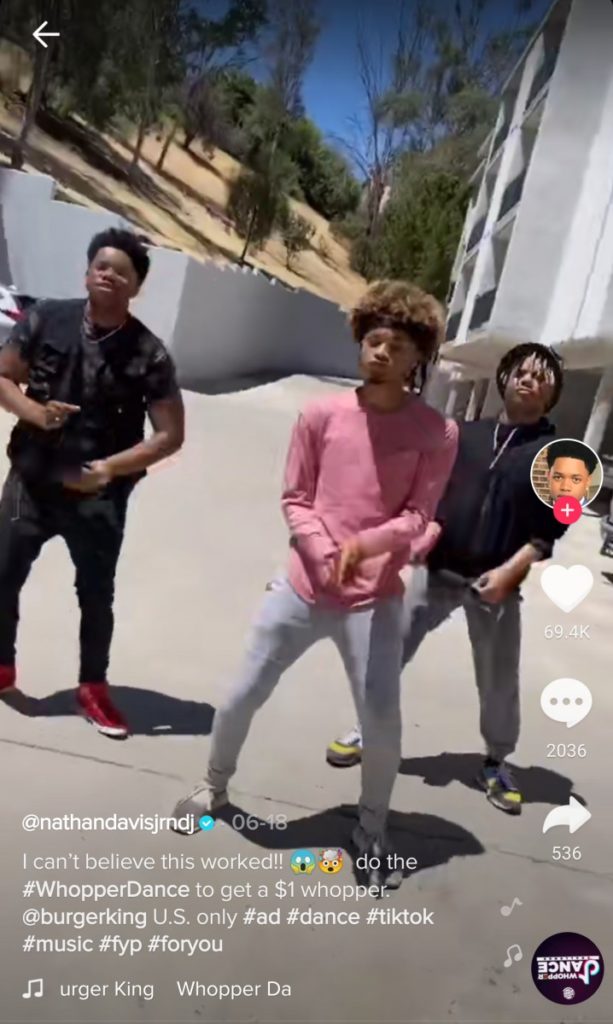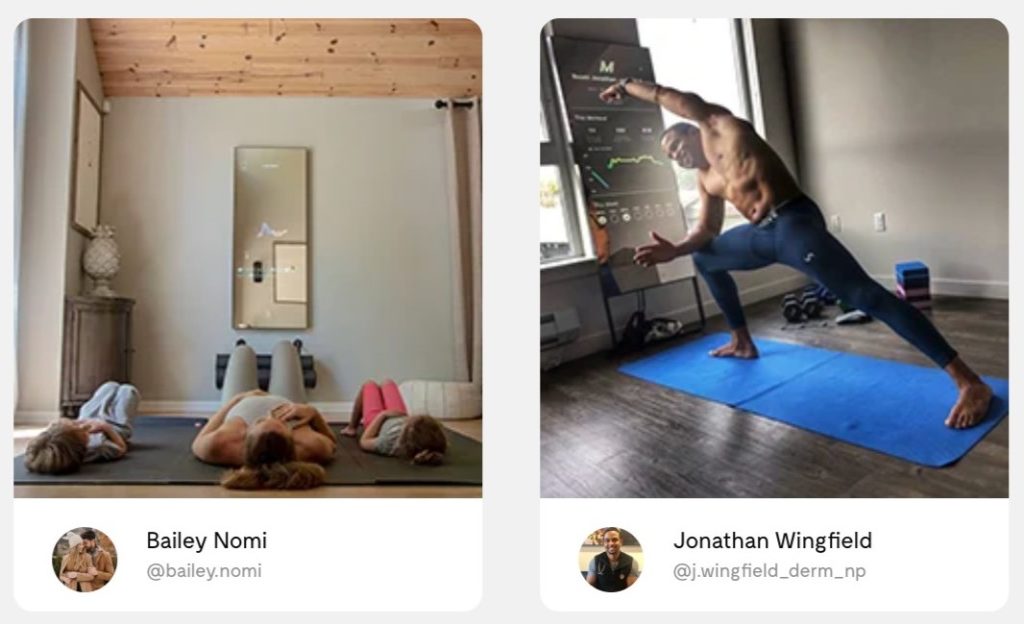This content originally appeared July 1, 2020 as part of the Future of Marketing weekly email series. Subscribe here.
The advertising industry is no stranger to disruption. Brands and ad agencies have adapted to everything from economic downturns to natural disasters – but this time it’s different.
Some companies slashed their budgets while others doubled-down on it. Isolation quickly redefined the creative process. Messaging adapted to meet new patterns and behaviors. Work, shopping, and education transitioned online at an international and rapid rate – and brick-and-mortar and indoor experiences nearly disappeared.
Marketing to frugality
According to a Marketplace-Edison Research Poll, forty-four percent of Americans are worried about affording food or groceries right now. As consumers cut non-essential expenses, brands that depend specifically on low-cost or high-value strategies will struggle to compete in today’s market. Instead, brands must now deliver both.
During the 2008 recession, shoppers searched for the cheapest alternatives possible, ensuring the success of more affordable retailers like Walmart, JC Penney, Ross, and TJ Maxx. As the economy improved, discount stores didn’t increase prices – but instead, pushed their low-cost approach to fuel their success. Now, except Walmart, many of these brick-and-mortar stores are facing mass closures for their lack of online shopping – an approach they didn’t deem necessary due to their inventory model.
Frugal behaviors and online second-hand shopping will continue to surge with the online resale market predicted to reach $64 billion by 2024. To offer second-hand shopping in its marketplace, Walmart recently partnered with ThredUp – preparing it for long-term resale shopping patterns. Meanwhile, Google is offering free product listings to help struggling businesses connect with shoppers during the pandemic, placing it in direct competition with Amazon.
Most of what we are experiencing today will likely remain, and businesses that can deliver, both, value and low-cost alternatives online, are better positioned for long-term growth. Brands should rethink product, pricing, and messaging strategies to ensure they’re offering accessible and high-value solutions – and are properly communicating their efforts.
Authenticity over perfection
The desire for less polished, more ‘human’ messaging is increasing. A study conducted by IBM reported a 14,000% increase in COVID-related spam campaigns. This figure demonstrates intentional messaging has reached a new level of significance, as ‘making noise’ for the sake of views and clicks can damage brand perception. Understanding consumer emotions requires comprehending the psychological aspect behind them – human needs, wants, motivations, patterns, and behaviors.
Burger King (BK) consistently communicates with consumers in a way that is tough to replicate. From its popular Moldy Whopper campaign in March to its clever #WhopperDance TikTok campaign, BK’s enticing messaging makes you want to support – or at least talk about – the brand. Meanwhile, Marie Curie is among charities successfully deploying user-generated content (UGC), giving supporters insights into its work and fundraising around cancer.
Mobbie Nazir, chief strategy officer at We Are Social shared, “While the last few months have been a rollercoaster of emotions, it’s encouraging to see more people – men, in particular – feeling comfortable enough to open up about the pressures of life in quarantine, and feel less pressured to present a polished, perfect version of themselves online.” The desire for authenticity and meaningful relationships has never been as prominent – and social media makes it easier for brands and consumers to connect with people who relate to their stories.
‘Now trending’ on social
Social media surpassed 3.8 billion users globally in early 2020 – and that number will continue to surge. TikTok, a platform with over 800 million active users worldwide, has particularly been making headlines recently. Even if your brand doesn’t have a TikTok account, it’s worth noting that younger generations – Gen Z and Millennials – are taking over the platform, presenting an opportunity for brands to experiment with ad spending and pull in captivating user-generated content.
TikTok is investing $15M in short-form educational content in Europe, using hashtags like #LearnWithTikTok. The social media platform also recently introduced ‘TikTok for Business,’ a new advertising platform enabling brands to participate in brand takeovers, hashtag challenges, and in-feed videos. With this new ad platform, brands can also add shopping features and 2D, 3D, and augmented reality (AR) branded effects to help immerse themselves in the content creation process.
While TikTok launches new ad features, the Indian government is banning fifty-nine apps (including TikTok) developed by Chinese organizations over security concerns – and what appears to be the latest turmoil between the world’s two most populated countries. Meanwhile, Starbucks, Coca-Cola, and Unilever joined the list of companies boycotting Facebook ads to #StopHateForProfit.
It will be interesting to learn how changes to these platforms will affect ad spending and social media strategies long-term.
#brandcrush: MIRROR
Inspired by then-pregnant entrepreneur struggling to accommodate fitness classes into her routine, CEO Brynn Putman, noticed customers at her fitness studio particularly enjoyed working out alongside a mirror – and created MIRROR.
MIRROR, which is pending a $500M acquisition by Lululemon, offers motivation and live feedback from certified instructors and various workouts, including yoga, meditation, cardio, and boxing – all from the comfort of home. On its homepage, MIRROR highlights user-generated content and testimonials to share the benefits of the white-glove membership (especially during quarantine).
Customers can add up to six family members and control the app via mobile phone to adjust goals and view metrics like heartbeats-per-minute (or BPM) and calories burned. The mirror also includes fitness bands, a stand, and a Bluetooth heart-rate monitor.
Considering COVID-19 cases are still growing, it’s uncertain when consumers will feel comfortable working out in enclosed gyms and studios again – and by the time the pandemic is over, people will have likely adjusted to new behaviors.




